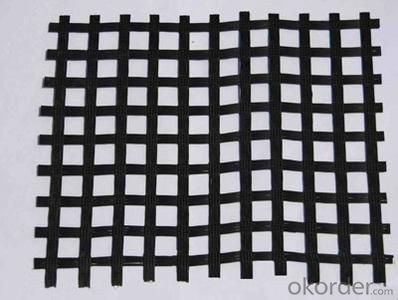- Understanding the Role of Geomembrane Liners in Waste Management
- Innovations in Geomembrane Liners for Water Management
- Geomembrane Liners: A Comprehensive Guide
- The Future of Geomembrane Liners in Civil Engineering
- Geomembrane Liners: Enhancing Landfill Stability
Manager:
WhatsApp:+86 177 0135 2670
Tel:+86 177 0135 2670
Email:marketing@okorder.com
Address:3rd Floor, No.2 Building, No.1 Sanlihe Road
The Installation Process of HDPE Geomembranes
When it comes to constructing a reliable and durable waterproof barrier, hdpe Geomembranes are the go-to choice for many engineers and construction professionals. These high-density polyethylene sheets are designed to provide a robust solution for various applications, from landfills and reservoirs to canal linings and waste containment facilities. But, what exactly goes into installing these versatile materials? Let's dive into the world of HDPE geomembranes and explore the steps involved in their installation process.

Understanding HDPE Geomembranes
Before we get into the nitty-gritty of installation, it's essential to understand what HDPE geomembranes are and why they're so popular. HDPE, or high-density polyethylene, is a type of plastic that's known for its strength, durability, and resistance to chemicals, UV radiation, and temperature variations. These properties make it an ideal material for creating geomembranes, which are essentially large, thin sheets used to create a waterproof barrier in various construction projects.
Preparation is Key
Just like with any construction project, preparation is crucial when it comes to installing HDPE geomembranes. The first step is to ensure that the surface on which the geomembrane will be laid is clean, free of debris, and properly graded. This might involve removing any rocks, roots, or other obstructions that could puncture or damage the geomembrane. The surface should also be compacted to ensure a stable and even base for the installation.
Rolling Out the HDPE
Once the surface is ready, the next step is to carefully unroll the HDPE geomembrane. This should be done with care to avoid any wrinkles, folds, or creases that could compromise the integrity of the waterproof barrier. It's also important to handle the material gently to prevent any unnecessary damage.
Securing the Geomembrane
After the geomembrane has been unrolled, it needs to be secured in place. This can be done using a variety of methods, including mechanical fastening, such as screws or plates, or through the use of adhesives or tapes. The choice of method will depend on the specific project requirements and the characteristics of the geomembrane itself.
Seaming and Joining
One of the most critical aspects of HDPE geomembrane installation is the seaming process. Since the sheets of geomembrane are typically quite large, they often need to be joined together to cover the entire surface area. This is done using specialized seaming techniques, such as heat welding or extrusion welding, which create a strong bond between the sheets, ensuring a leak-proof seal.
Testing for Leaks
After the geomembrane has been installed and all the seams have been sealed, it's essential to test the system for leaks. This can be done using various methods, such as the vacuum box test, which involves creating a vacuum around a section of the geomembrane and monitoring for any air leaks. If any leaks are detected, they can be addressed and repaired before the project moves forward.
Maintenance and Inspection
While HDPE geomembranes are incredibly durable, they still require regular maintenance and inspection to ensure they continue to function effectively. This might involve checking for any signs of wear, damage, or leaks, and addressing any issues that are found promptly.
The Benefits of HDPE Geomembranes
Despite the complexity of the installation process, there are numerous benefits to using HDPE geomembranes. They offer a long-lasting and reliable solution for waterproofing, with a lifespan that can exceed 50 years in many cases. They're also resistant to a wide range of chemicals and environmental conditions, making them suitable for a variety of applications.
Wrapping Up
In conclusion, the installation process of HDPE geomembranes, while detailed and meticulous, is a critical step in ensuring the success of any waterproofing project. By following these steps and paying close attention to detail, you can create a durable and effective barrier that will stand the test of time. So, the next time you're faced with a waterproofing challenge, consider the advantages of HDPE geomembranes and the process involved in making them work for you.
- Previous:The Economic Benefits of Using HDPE Geomembranes
- Next:HDPE Geomembranes for Reservoir Lining: A Case Study






